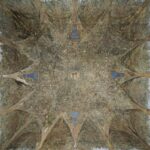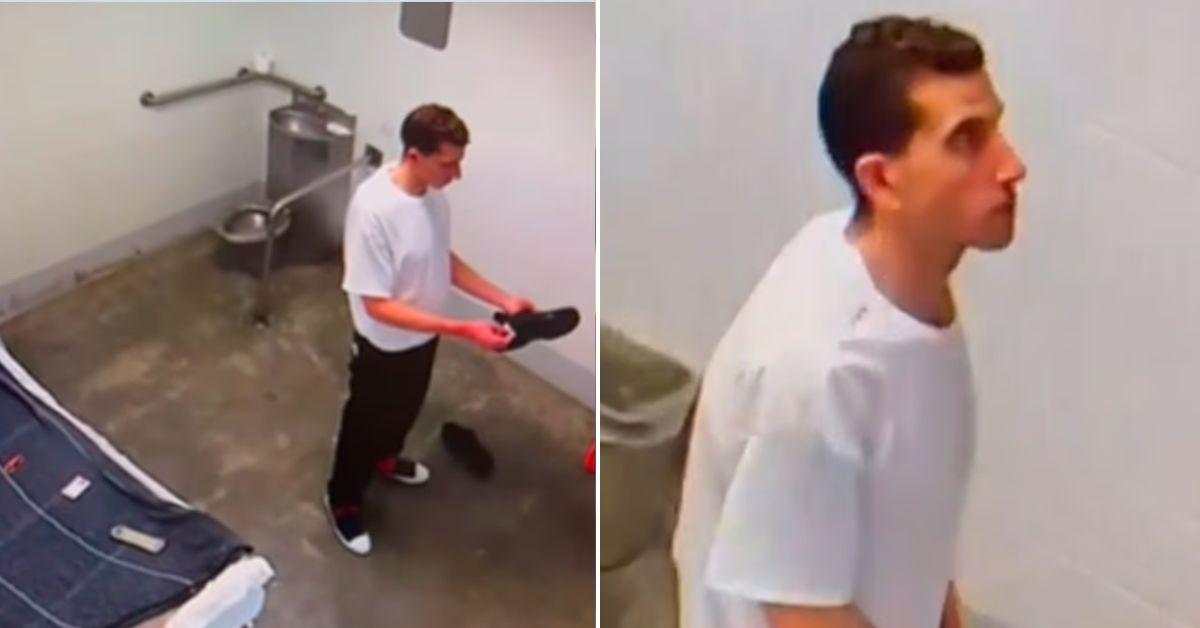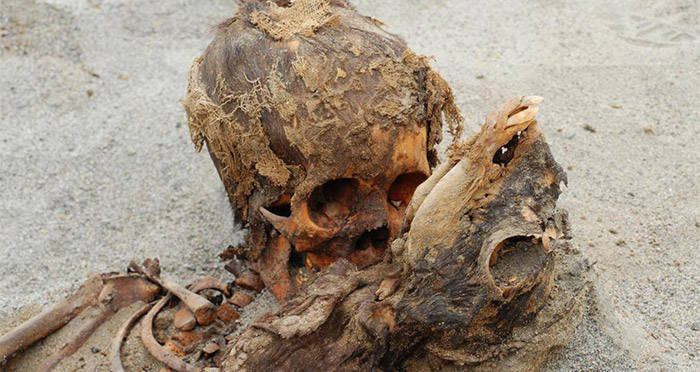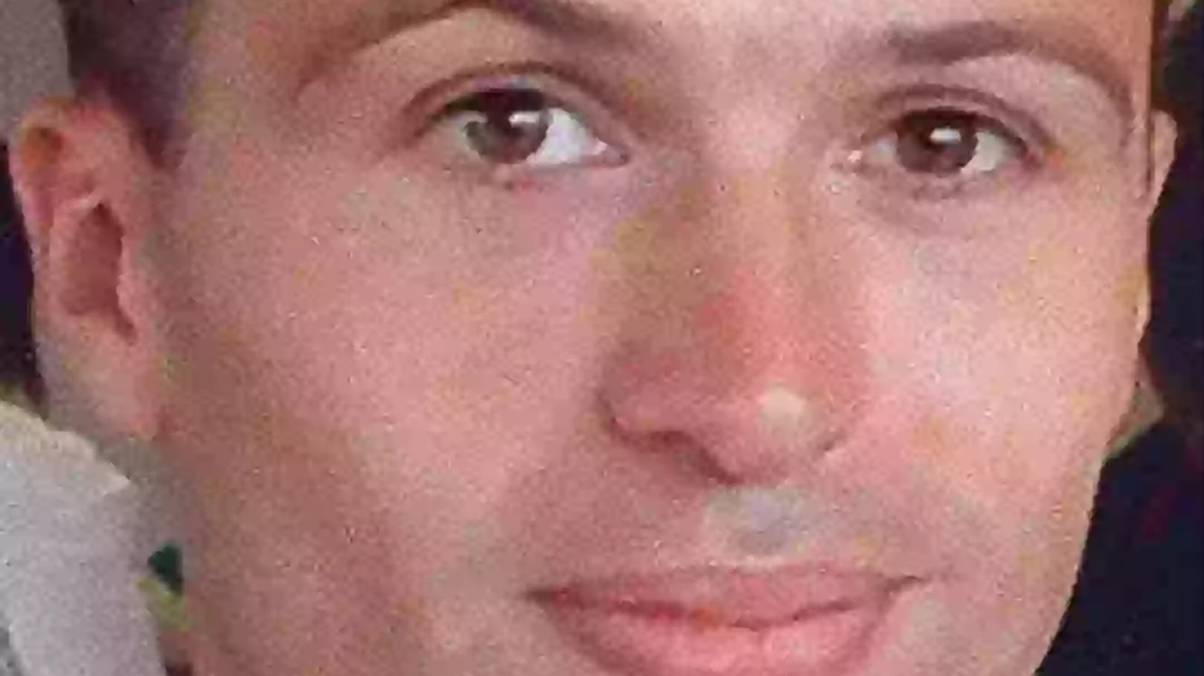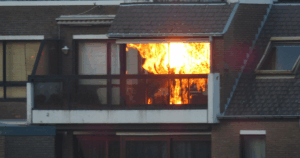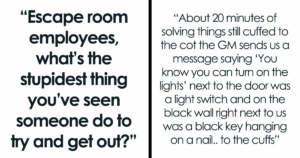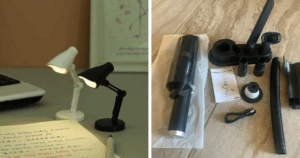“Secrets of the Past: Leonardo da Vinci’s Long-Lost Tunnels Unearthed Beneath Enigmatic Italian Castle!”
Researchers Start To Create A “Digital Twin” Of Sforza Castle In Milan
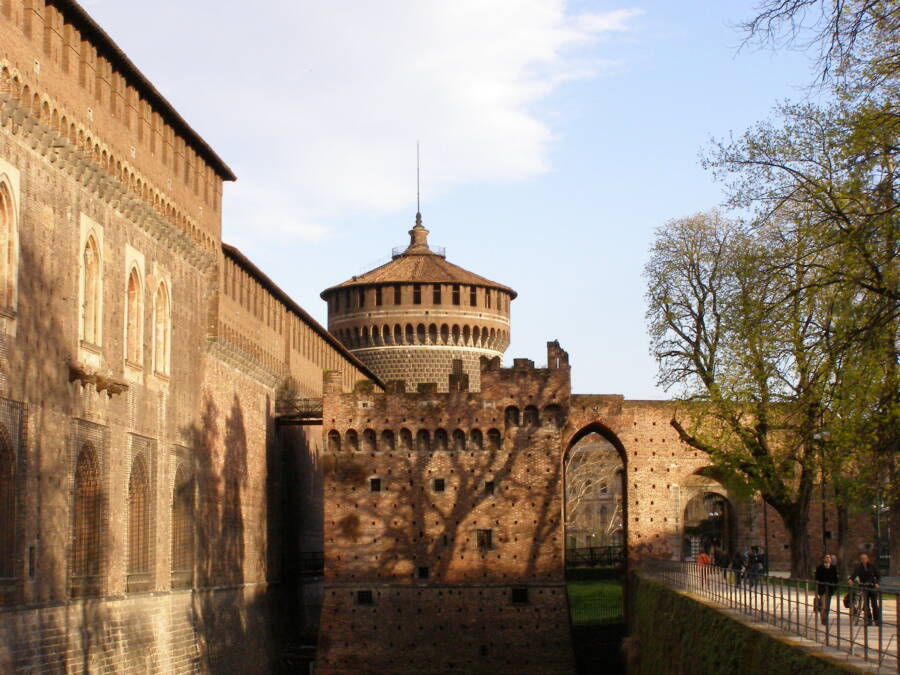
magro_kr/FlickrSforza Castle in Milan, Italy.
Doctoral students at the Polytechnic University of Milan recently began a thesis project involving the mapping of Sforza Castle.
The Milanese castle, built in the 15th century on top of the remains of an earlier fortress, has expanded and undergone several renovations in its centuries-long history, ultimately transforming into an impressive royal residence, especially in terms of its art.
In the 15th century, artists like Leonardo da Vinci and Donato Bramante were invited to paint frescoes in the castle. Da Vinci personally painted the frescoes in the Sala delle Asse, or “room of wooden panels,” which features floral motifs.
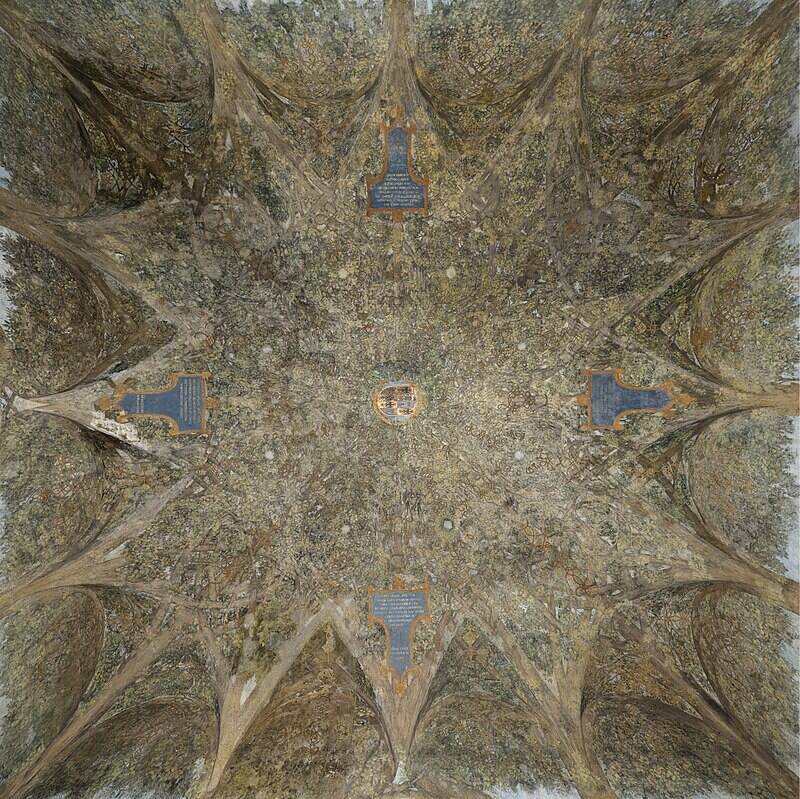
Wikimedia Commons / CC BY-SA 4.0The “Sala delle Asse,” or “room of the wooden panels,” painted by Leonardo da Vinci at Sforza Castle.
Alongside his frescoes, da Vinci also made note of the castle’s mysterious underground tunnels in his sketches. For centuries, mentions of these passageways fascinated historians. They are rumored to have been created by Ludovico Sforza, otherwise known as Ludovico il Moro, Duke of Milan, to connect Sforza Castle to the Basilica of Santa Maria delle Grazie, where his wife was laid to rest.
With the castle’s rich historical legacy in mind, researchers were eager to map out the castle, creating a “digital twin,” to identify any findings of historic importance and get to the bottom of the mystery surrounding Sforza’s long-rumored tunnels.
